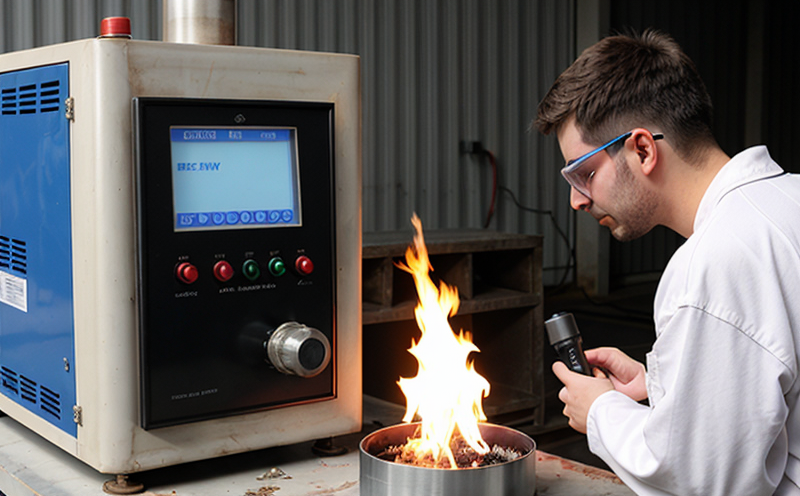ASTM E1952 Thermal Conductivity Check
The ASTM E1952 standard is a widely recognized method used to determine the thermal conductivity of insulation materials. This service ensures that HVAC equipment meets stringent quality and safety standards by validating its performance under real-world conditions.
Thermal conductivity is a critical property in HVAC systems as it directly affects energy efficiency, comfort levels, and overall system performance. By using ASTM E1952 for thermal conductivity checks, we can verify that the insulation materials used are performing optimally. This process involves testing samples under controlled conditions to measure their ability to transfer heat.
The test protocol is designed to simulate typical operational environments, ensuring that the insulation material will perform reliably in real-world applications. This approach helps manufacturers and installers ensure compliance with industry standards, thereby enhancing product quality and customer satisfaction.
Our laboratory adheres strictly to ASTM E1952 guidelines throughout the testing process. This includes precise sample preparation, accurate measurement techniques, and stringent acceptance criteria. We employ advanced instrumentation that guarantees high accuracy and reproducibility of results.
The results from these tests are crucial for several reasons:
- They provide objective evidence of the insulation material's performance characteristics.
- They help identify any discrepancies between expected and actual performance, enabling timely corrective actions.
- They support compliance with relevant regulations and industry best practices.
- They contribute to continuous improvement efforts within R&D departments.
In summary, ASTM E1952 thermal conductivity checks are essential for maintaining high standards of quality in HVAC equipment. They play a vital role in ensuring that products meet both regulatory requirements and customer expectations.
Scope and Methodology
| Aspect | Description |
|---|---|
| Samples | We test various types of insulation materials commonly used in HVAC systems, including fibrous glass, mineral wool, and foam. |
| Conditions | The tests are conducted under controlled conditions to mimic real-world scenarios, ensuring accurate results. |
| Instrumentation | We use state-of-the-art calorimeters and other specialized equipment to perform the measurements accurately. |
| Data Analysis | Results are analyzed using statistical methods to ensure reliability and validity of findings. |
Benefits
- Enhanced product quality and performance.
- Improved energy efficiency, leading to cost savings for customers.
- Increased customer satisfaction through reliable and effective HVAC systems.
- Supports compliance with relevant standards and regulations.
- Fosters continuous improvement in R&D processes.
Industry Applications
| Application Area | Description |
|---|---|
| HVAC Manufacturing | This service ensures that the insulation materials used in HVAC systems are performing as expected. |
| Construction and Engineering | It helps verify the performance of insulation materials used in various construction projects. |
| R&D and Quality Control | ASTM E1952 is a valuable tool for R&D teams to validate new formulations and quality control processes. |





